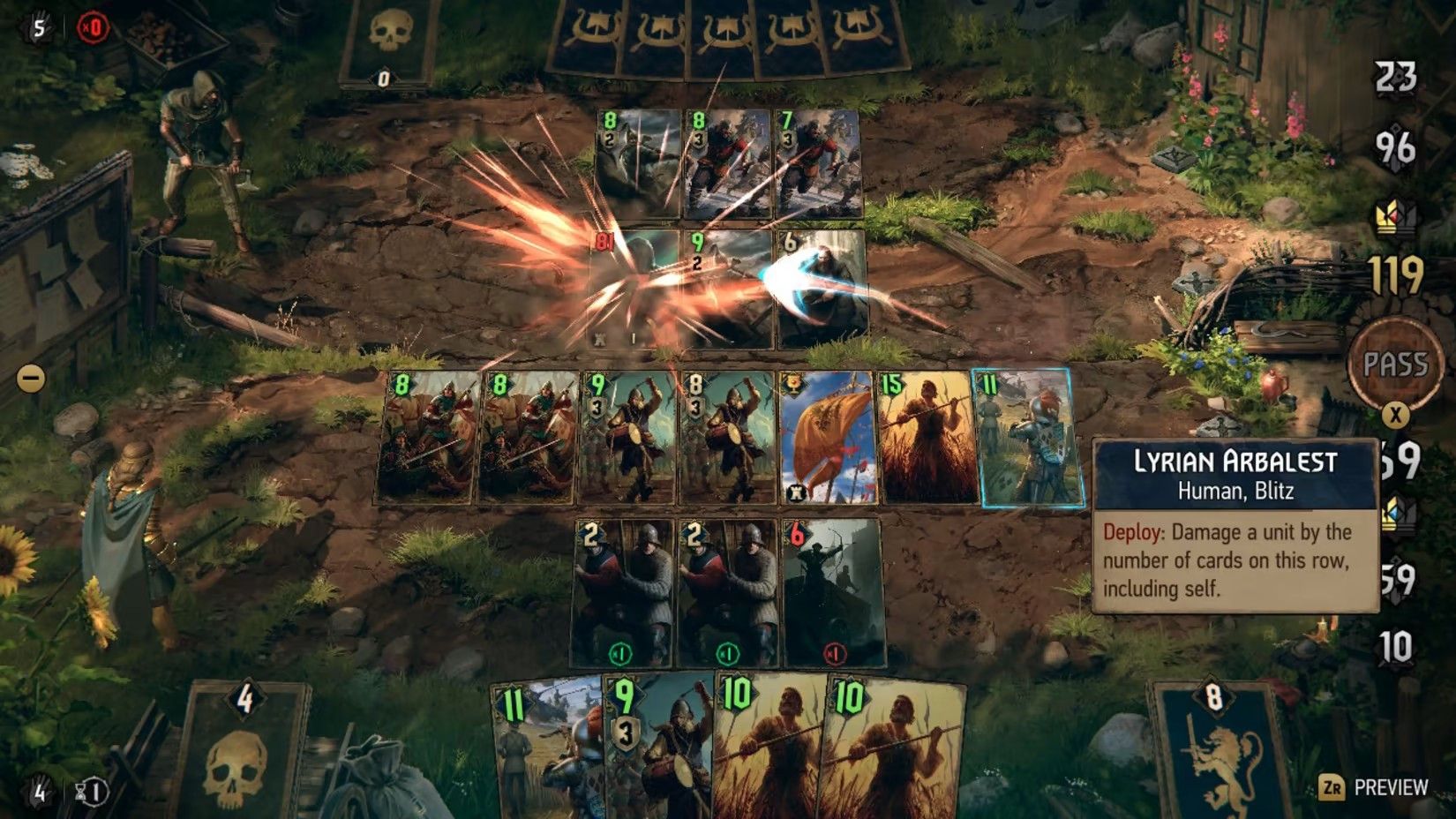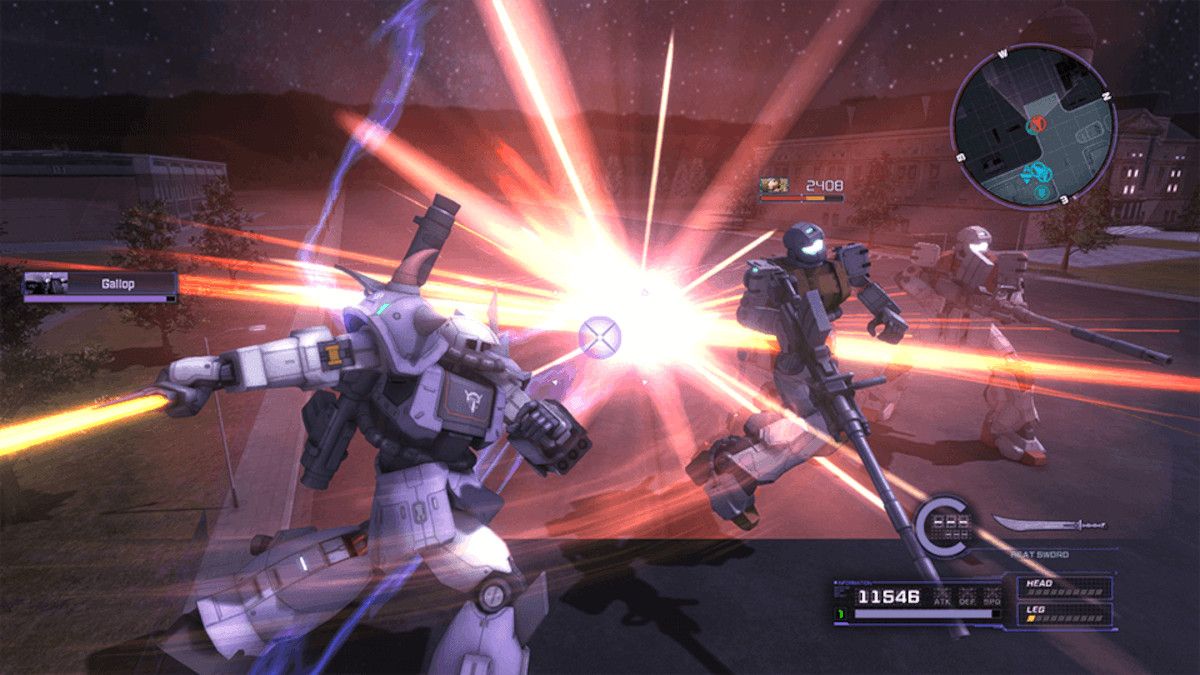Summary
- Single-player modes in multiplayer games are accessible points of entry for new players to learn key mechanics before going online.
- Many single-player modes offer challenging gameplay and engaging stories, even in multiplayer-dominated titles.
- Standalone spin-offs provide single-player alternatives to online-only games, though these are still few and far between.
I’ve always enjoyed multiplayer games but I often find myself intimidated by their overwhelming mechanics and experienced players. Thankfully, single-player modes provide the perfect starting point for online experiences.
Single-Player Modes Prepare You for Multiplayer
Multiplayer games are rarely kind to new players, and you’ll have a tough time going online in most games without already knowing how to play. If you try to go online without sitting through lengthy tutorials or having some familiarity with the genre, you might find yourself easily outmatched by more experienced players or simply struggling to understand the controls. It can be hard to get into a game when you’re getting dunked on relentlessly.
Even if you do sit through the tutorial, you won’t fully understand how to play until you get hands-on experience with its gameplay. Some games try to ease new players into their online modes by matching them against AI opponents or similarly inexperienced players. But this isn’t the case for every game, resulting in some multiplayer titles suffering from a steep—almost insurmountable—skill gap between newcomers and longtime fans.
Thankfully, multiplayer games across all genres have tried to tackle this problem with the inclusion of single-player content. You might think that single-player and multiplayer modes are completely separate experiences, but many multiplayer games subtly use their single-player components as extended tutorials. These single-player modes replace the pop-ups and hand-holding of traditional tutorials that introduce you to the mechanics of their multiplayer through inventive ideas and exciting challenges.
Most shooting games feature lengthy campaigns to introduce you to their weapons and the unique movement mechanics you’ll be using in online matches. Likewise, racing and fighting games typically provide multiple offline modes to practice against AI opponents before facing off against other players.
These modes are also accompanied by various difficulty options, making it easy to experiment with different choices and playstyles without the pressure of competing against—or alongside—other players. Additionally, single-player modes can double as a means of preservation, ensuring online multiplayer games remain partially playable even after their inevitable shutdowns.
Not everyone needs a warm-up before playing online, and plenty of players prefer to jump into multiplayer as soon as possible. But as someone who prefers to get good at a game before having my confidence obliterated online, I’m always looking for games with fleshed-out single-player modes.
Single-Player Modes Don’t Have to Be Boring
Although single-player modes serve a purpose, many of them aren’t worth your time. Plenty of multiplayer games feature single-player campaigns or side content, but these inclusions can seem like an afterthought. Many solo campaigns suffer from repetitive gameplay, forgettable stories, and a disappointing lack of challenge.
We’ve seen this countless times with poorly-written story modes in fighting games, bland campaigns in shooting games, and bare-bones offline options in modern sports games.
However, that isn’t the case for every multiplayer game, and there are numerous single-player modes that deliver exciting showcases of their best qualities. Multiplayer shooters have a long history of memorable campaigns, with games like Halo 3, Titanfall 2, and the recent Call of Duty: Black Ops 6 featuring stunning set-pieces and explosive battles that condense all the excitement and variety of their online-multiplayer into short yet exciting single-player experiences.
Some single-player modes can also provide a comfortable entry point into entire genres. For example, first-time fighting game players have multiple beginner-friendly introductions to the genre thanks to solo modes like Street Fighter 6‘s “World Tour” or Tekken 8‘s “Arcade Quest.” These modes feature fun twists on the genre, such as “World Tour” transforming Street Fighter into an open-world role-playing game and “Arcade Quest” attaching a character creator and lighthearted story to Tekken‘s tutorial.
Single-player modes can strengthen any multiplayer game while providing a way for more players to join the fun. Developers seem to be catching on to this, as many recent games are blending single-player and multiplayer into one cohesive experience. Games like Forza Horizon 5, Elden Ring, and Diablo IV allow you to seamlessly swap between offline and online gameplay, with little difference between their solo and multiplayer experiences.
Even MMOs like Final Fantasy XIV and The Elder Scrolls Online provide options to play online without interacting with other players.
Spin-offs Are the Perfect Gateway to Multiplayer Games
Although single-player modes can elevate any multiplayer game, they’re still absent from many multiplayer games. Single-player campaigns and side modes require developers to dedicate additional time and resources to these features. Full-priced, triple-A multiplayer games may be able to afford their inclusion, but lower budget and free-to-play games are less likely to follow.
Rather than including a full-length campaign as part of their package, some multiplayer games release their single-player as entirely separate games. These spin-off titles adapt the gameplay of their multiplayer counterparts into a single-player campaign with a unique story and new mechanics.
Standalone spin-offs aren’t common for multiplayer games, but some examples include Thronebreaker: The Witcher Tales—a card battling RPG based on Gwent: The Witcher Card Game—and Mobile Suit Gundam Battle Operation Code Fairy—a third-person shooter based on Mobile Suit Gundam Battle Operation 2.
Ideally, these single-player components would be included as part of their respective games, but there are some advantages to their standalone releases. To entice players and justify their price tags, both Thronebreaker and Code Fairy feature more content and replay value than most single-player campaigns. Thronebreaker‘s lengthy campaign features numerous endings based on your choices, encouraging you to revisit the story to explore alternate routes. Likewise, Code Fairy contains numerous unlockables as well as multiple optional side missions outside the main campaign.
If you’ve ever wanted to play one of these free-to-play multiplayer games but found yourself struggling to learn the mechanics, these standalone spin-offs are the perfect starting point. However, even longtime fans of the original multiplayer experiences can enjoy these solo re-imaginings of their favorite games.
Solo Play Is Underrated
If you’ve been ignoring single-player modes, then you’re missing out on some of the best parts of your favorite games. Whether you’re a novice or a self-proclaimed expert at multiplayer games, single-player modes and standalone spin-offs deliver their own exciting experiences that can’t be found in any traditional multiplayer mode.








